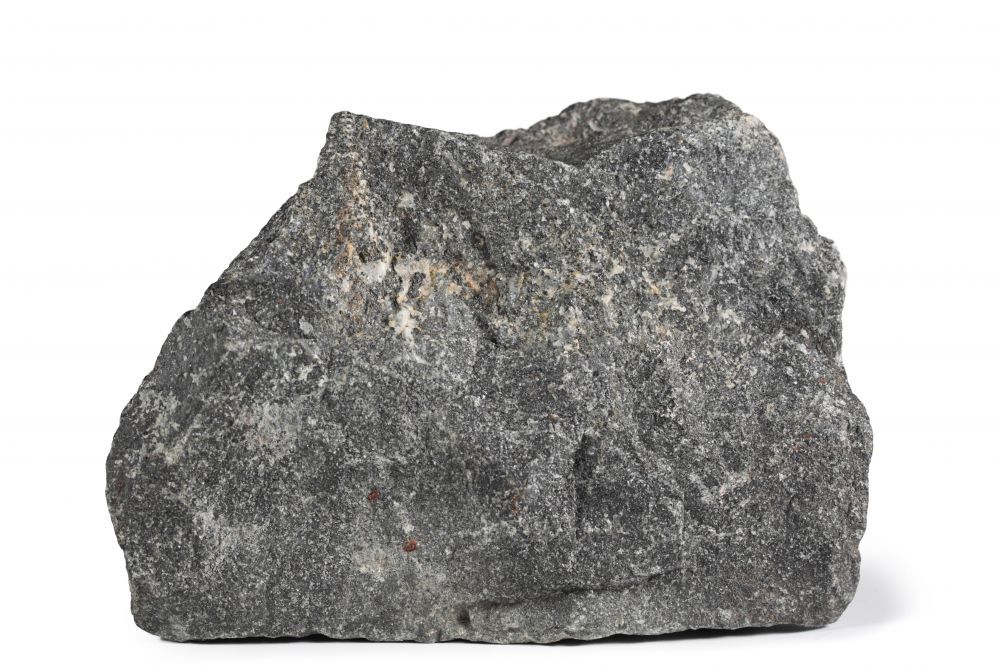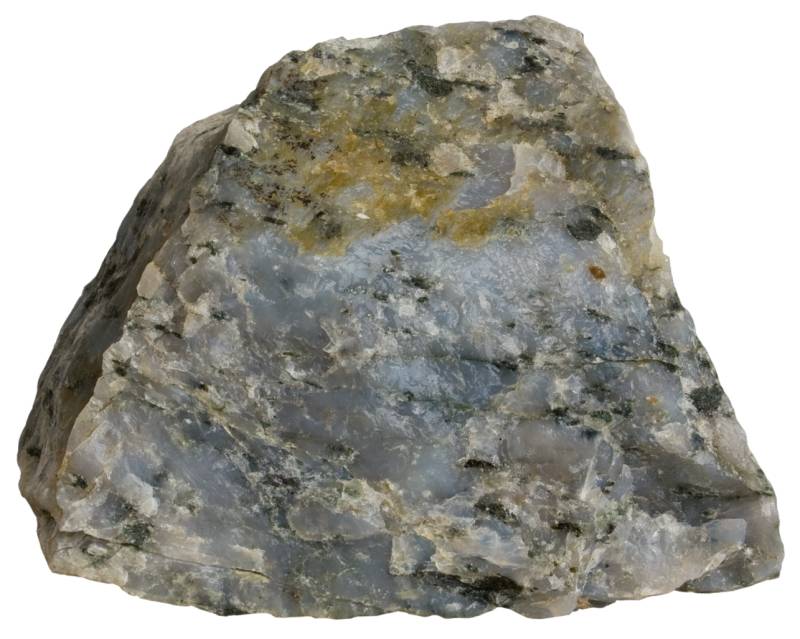Materials
Every block of stone has a statue inside it and it is the task of the sculptor to discover it.
Michelangelo
We pride ourselves on using the highest quality materials available to us to ensure that we can create the statement feature within your home or office.
We use a range of Materials including Granite, Marble, Quartz and Stone
and craft into luxurious elegant features for your home or office.
Granite
Granite is a light-colored igneous rock (solidified from lava or magma) with grains large enough to be visible with the unaided eye. It forms from the slow crystallization of magma below the Earth's surface. Granite is composed mainly of quartz and feldspar with minor amounts of mica, amphiboles, and other minerals. This mineral composition usually gives granite a red, pink, grey, or white colour with dark mineral grains visible throughout the rock.
Granite is resistant to scratches, heat and stains and will continue to look as luxurious and magnificent as when it was first installed.
Marble
Marble is a rock resulting from metamorphism of sedimentary carbonate rocks, most commonly limestone or dolomite rock. Metamorphism causes variable recrystallization of the original carbonate mineral grains. The resulting marble rock is typically composed of an interlocking mosaic of carbonate crystals.
Pure white marble is the result of metamorphism of a very pure (silicate-poor) limestone or dolomite protolith. The characteristic swirls and veins of many coloured marble varieties are usually due to various mineral impurities such as clay, silt, sand, iron oxides, or chert which were originally present as grains or layers in the limestone. Green coloration is often due to serpentine resulting from originally magnesium-rich limestone or dolostone with silica impurities. These various impurities have been mobilized and recrystallized by the intense pressure and heat of the metamorphism.
Marble with its natural cool, smooth surface makes it ideal for pastry chefs and bakers and for general food preparation. The elegance of marble, which retain its gloss for decades when properly looked after, means that your surfaces will look as good as new for many years. Marble comes in a wide range of natural colours. The veining within the stone ranges from subtle to dramatic which means that no two pieces are the same.
Quartz
Quartz is the most common mineral in the Earth’s surface, and worktops are made up of 93% natural quartz. There are only three natural minerals harder than quartz – diamond, sapphire and topaz.
Quartz exists in two forms, the normal quartz and the high-temperature quartz, both of which are chiral. (asymmetric in such a way that the structure and its mirror image cannot be placed on top of each other to give the same molecule.) The transformation from normal quartz to high temperature quartz takes place abruptly at 573 °C. The transformation is accompanied by a significant change in volume and can easily induce fracturing of ceramics or rocks passing through this temperature threshold.
There are many different varieties of quartz, several of which are semi-precious gemstones. Since antiquity, varieties of quartz have been the most commonly used minerals in the making of jewellery and hardstone carvings.
Today, Quartz worktops have become exceedingly popular, the fabulous aesthetics and durability of quartz along with the look of a natural stone that requires minimal maintenance has become a choice for worktops.
Slate
Slate is a fine-grained, foliated, homogeneous metamorphic rock derived from an original shale-type sedimentary rock composed of clay or volcanic ash through low-grade regional metamorphism. It is the finest grained foliated metamorphic rock. Foliation may not correspond to the original sedimentary layering, but instead is in planes perpendicular to the direction of metamorphic compression.
The foliation in slate is called "slaty cleavage". It is caused by strong compression causing fine grained clay flakes to regrow in planes perpendicular to the compression. When expertly "cut" by striking parallel to the foliation, with a specialized tool in the quarry, many slates will display a property called fissility, forming smooth flat sheets of stone which have long been used for roofing, floor tiles, and other purposes





